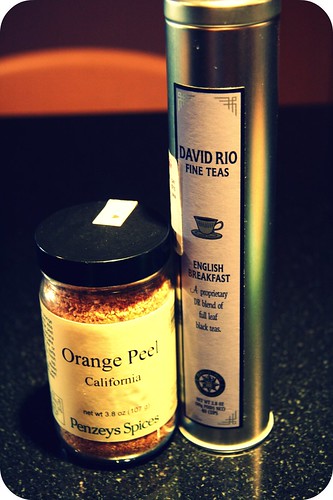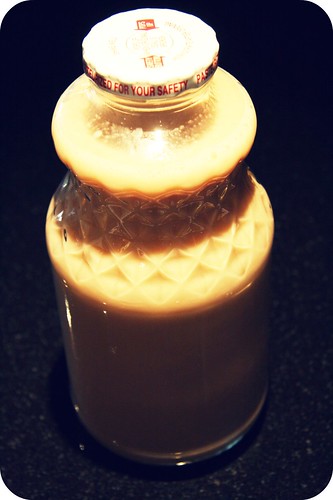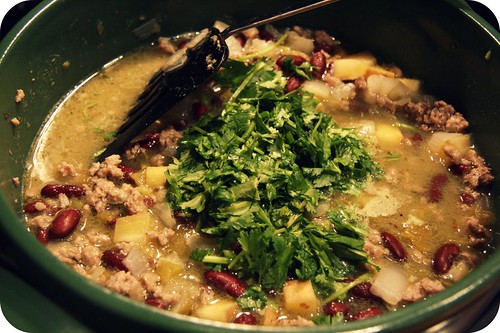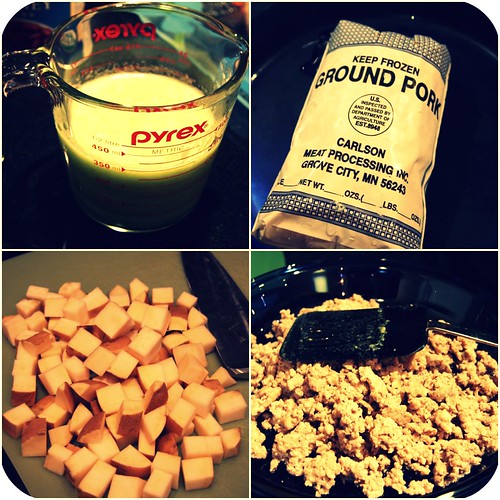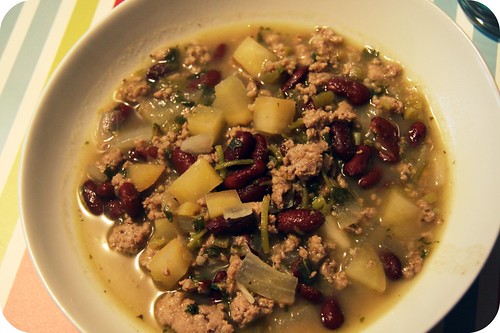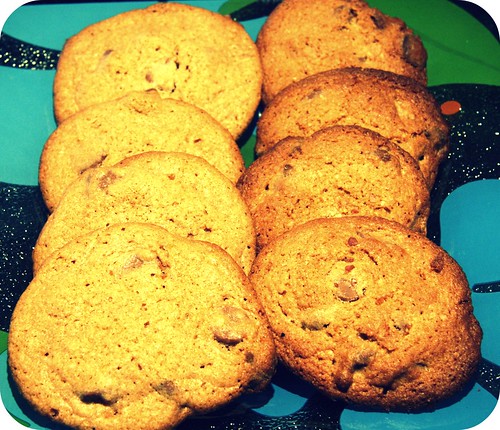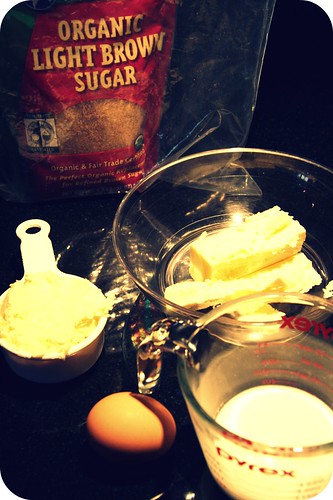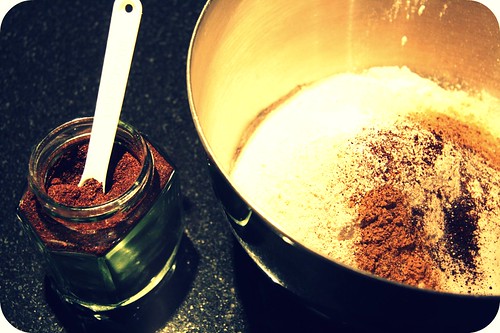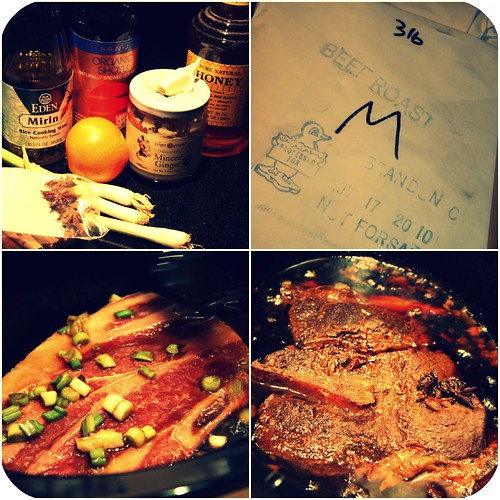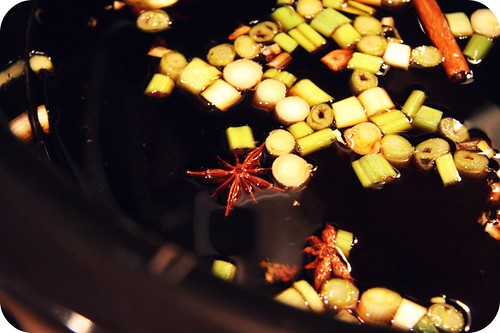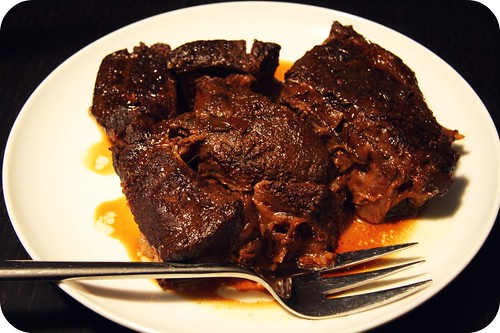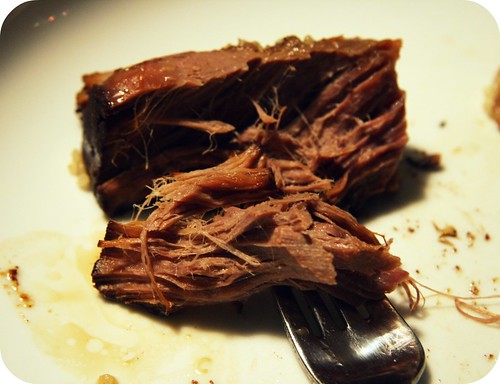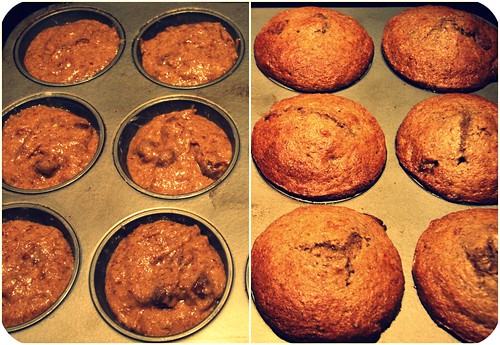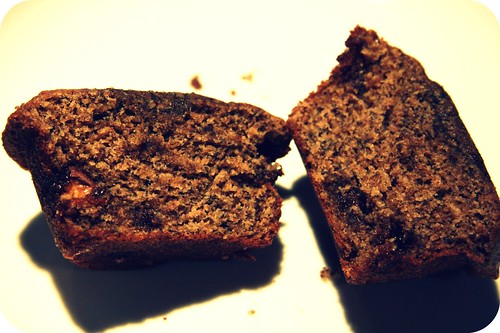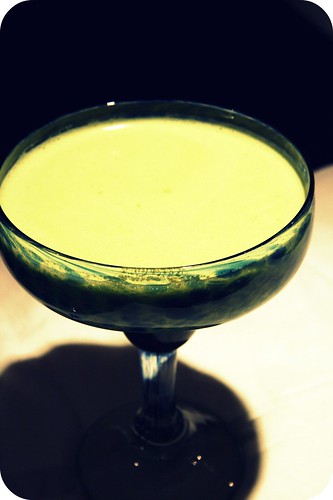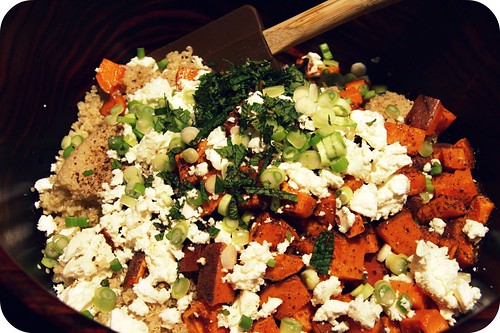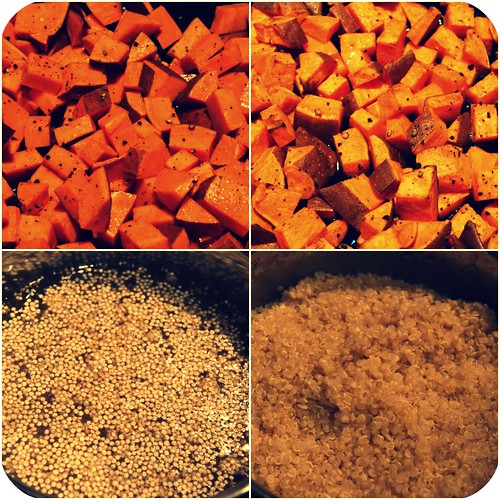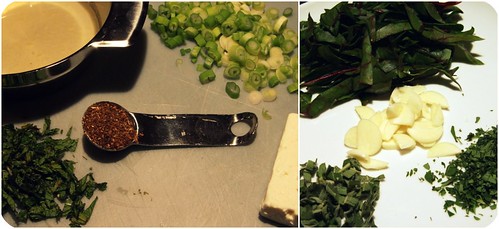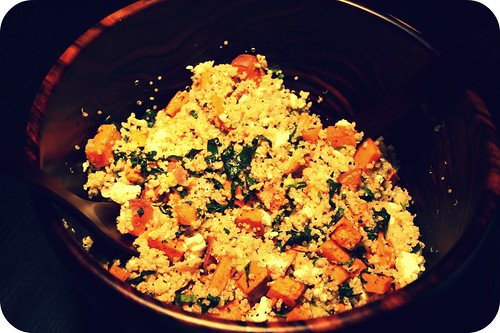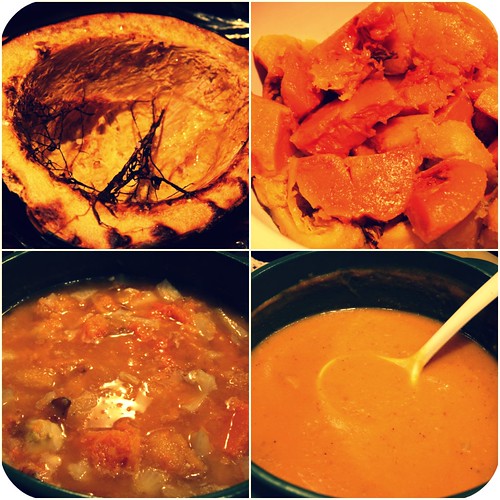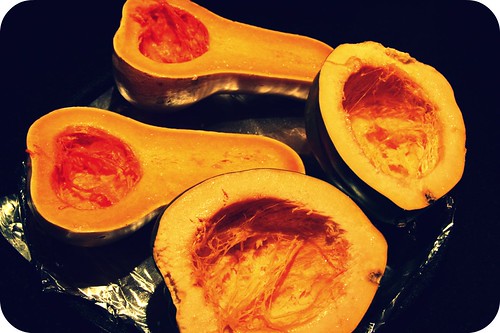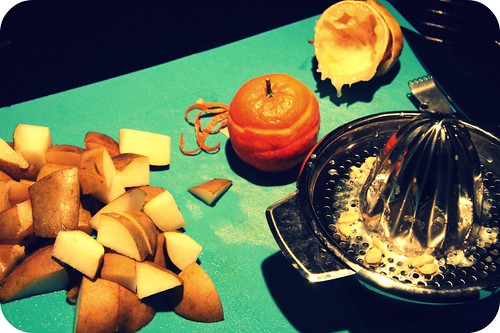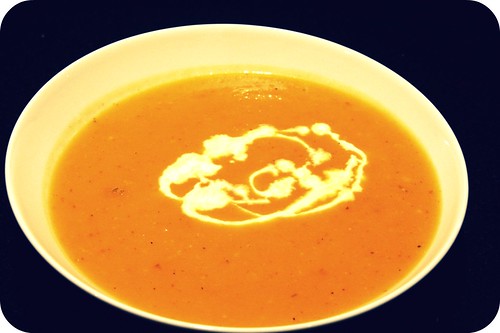Have you ever had Thai iced tea? Or Malaysian iced tea? They are my favorite respective parts of my visits to Thai and Malaysian restaurants. The thing is, I don't often go to Thai and Malaysian restaurants. It's not that I don't like them. I do indeed. Um, hello, pad thai? Mango chicken? Delicious. BUT. They use a lot of tree nuts and sometimes I'm just not in the mood to grill servers on ingredient lists and/or ask for substitutions to stave off a hospital visit.
So what's a girl who loves Thai and Malaysian iced teas but only infrequently visits Thai and Malaysian restaurants to do? Why, search the interwebs of course! Sift through Food Network recipes! (There are several.) Embark on a little trial and error! Come up with the perfect homemade version of Thai iced tea to suit her own tastes and postpone experimentation with homemade versions of Malaysian iced tea for another time!
Sounds good! I'm on it. Excuse me.
---------------------------------------------
Okay. I'm back now. I am fast!
I've come up with what I like to think is pretty much the best Thai iced tea ever. You know, not being Thai and not having ever been to Thailand and only infrequently having patronized Thai restaurants (damn those pesky cashews!). But with the help of like every celebrity chef I've ever heard of and some I haven't heard of, and falling back on my resourcefulness to help me make certain decisions with respect to ingredients and proportions, I made some Thai iced tea that combines a bold, strong black tea flavor with a rich, creamy, silky-smooth mouth-feel (ew, I just said mouth-feel and I'm not wine tasting!) and an-almost-too-sweet-but-no-wait-a-minute-actually-quite-perfect-level-of sweetness.
Better yet: it's super easy to make, requires only a handful of ingredients, and keeps well in a jar in the refrigerator for at least a week.
I think it's time I told you how to make it because your life will be better for having tasted this.
Thai Iced Tea
Not so much adapted from as influenced and inspired by a whole host of Food Network recipes (do a search if you want some other ideas)
Yield: 5-6 cups; about 6 servings
5 cups water
3 tablespoons loose leaf black tea (I used English breakfast)
2 tablespoons dried orange peel
1 whole star anise
1/2 cup (7 ounces) sweetened condensed milk
1/4 - 1/2 cup half-and-half or cream (optional)
Bring water to boil. Stir in tea, orange peel, and star anise. Steep for 5-10 minutes and then strain using the finest-mesh strainer you have (ideally one meant for straining tea, or maybe even a coffee filter). While the tea is still warm, add the sweetened condensed milk and whisk until smooth. Allow the sweetened tea to cool a bit before transferring it to a refrigerator-proof container (I used two old juice jars, but a large pitcher that won't stain would work well too). Chill for at least a couple of hours.
Once ready to drink it or serve it, you can either do so as is, over ice, or you can add the half-and-half or cream, in one of two ways: (1) stir in 1/4-1/2 cup of cream into the whole container of tea, or (2) add 1-2 tablespoons of cream to each serving, stirring well. I drank it without cream, with cream added in my cup and then finally with a bunch of cream mixed into what was left in the jar. It was all delicious, but my favorite was larger amount of cream mixed into the larger amount of tea, which made the beverage super creamy and homogenized and perfect.
Enjoy. With a friend. Or not.

